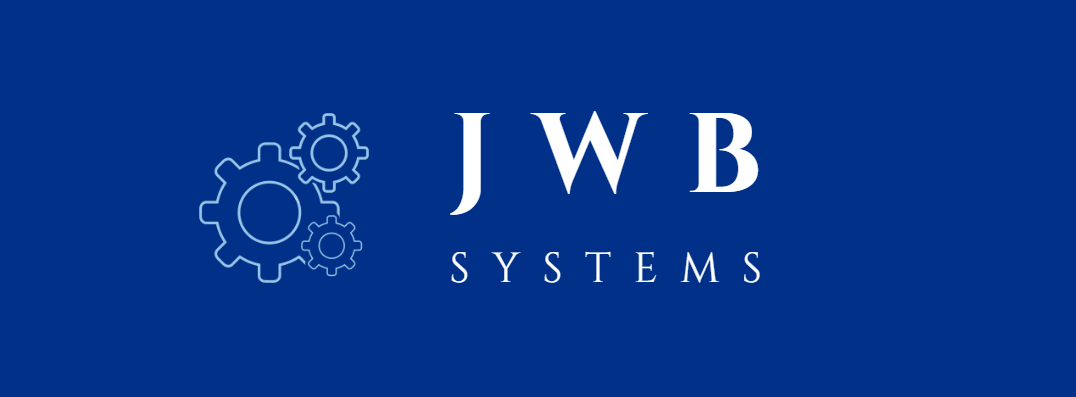
Course SMGR201v4.3
SUSE Manager 4.x Basic Operations
Course SMGR201v4.3
This course focuses on the types of day-to-day administrative tasks that SUSE Manager makes easy to complete and monitor. Generally, the major topics that are discussed in detail are:
- Exploring the SUSE Manager (SUMA) Web UI Management Console
- Registering target servers as managed clients
- Implementing Channel Management
- Delegating Management Authority in SUMA
- Managing Minions using Salt commands
- Performing common administrative activities
This course prepares students for the SUSE Certified Administrator (SCA) in SUSE Manager 4 certification exam.
Downloadable course description
Course Information
Delivery Method: Classroom or Virtual Classroom
Course Duration: 3 days
Course Level: Beginner
Cost: 990.00 USD (including all local taxes in the jurisdiction of Hong Kong)
Key Objectives
Attendees will be taught the following concepts and skills:
- Review the SUMA Architectural Components (SUMA Server, SUMA Proxy Server, Managed Clients and the Hub Server)
- Understand the parts of the SUMA Web UI and how to access it
- Using the SUMA Web UI to:
- Get an overview of your entire SUMA system via the System Visualization feature
- Locate desired managed clients by using the Web UI’s advanced search capabilities
- View the system details of managed clients
- Understand the Registration Process and what occurs during Registration. Learn how to register target servers using multiple methods
- Create, configure, and manage Registration related object such as Activation Keys, Channels, System Groups, and Salt Keys
- Plan for, and implement Registration using the Web UI and bootstrap scripts
- Implement Channel Management:
- Learn Channel related terminology and channel types
- Clone Channel content
- Implement Configuration Channels
- Understand and implement Content Lifecycle Management (CLM)
- Learn how to delegate management authority in SUMA:
- Understand how and why additional SUMA Organizations may need to be created
- Establishing trust between SUMA Organizations
- Learn about the Administrative Roles and Permission Roles that can be created and assigned to manage SUMA resources
- Creating new Web UI administrative users
- Manage client servers using Salt
- Define Salt and understand its architecture
- Understand Salt grains, pillars, and states
- Learn how to leverage the salt, salt-run, salt-call, and salt-key commands
- Perform common administrative tasks such as:
- Using the Web UI to execute commands on remote client servers
- Using the System Set Manager (SSM) to perform management activities on multiple client servers at one time
- Creating and using Action Chains
- Understand and use various methods for installing RPM packages on client servers
- Create Recurring States and Highstates
Audience Summary
This course is designed for:
- Server System Administrators who are tasked with day-to-day server management and support.
- Senior System Administrators who are typically 2nd or 3rd level support within their company and act as “team leads” for Server System Administrators.
- Consultants that need to understand how SUSE Manager can significantly lessen the administrative burden of managing hundreds or even thousands of servers.
Course Outline
- Section 1: Course Overview
- Section 2: Review SUSE Manager (SUMA) 4.x Architecture and Configuration
- Review SUMA Architectural Components
- Review the SUMA 4.x Initial Setup process
- Section 3: Using the Web UI to Explore your SUSE Manager Environment
- Introduction to the SUMA Web UI and its organization
- Visualizing your entire SUMA System at a glance
- Locating and viewing information about managed clients
- Section 4: Understanding the Registration Process
- Understanding the importance of Registration
- Managing Registration-related Objects
- Planning for Registration
- Introduction to Registration Methods
- Using the various Registration Methods to register target servers
- Section 5: Implementing Channel Management
- Understanding Channel Related Terminology
- Cloning Channel Content using the Web UI and spacecmd
- Implementing Custom Channels
- Understanding Content Lifecycle Management
- Section 6: Delegating Management Authority in SUSE Manager
- Defining SUSE Manager “Organization”
- Understanding the Administrative Roles in SUMA
- Understanding Permission Roles and their capabilities
- Using the Web UI to manage Users and Grant Permissions
- Section 7: Managing Salt Minions in SUMA
- Understanding Salt and its Architecture
- Configuration Files used by Salt and SUMA
- Understanding the types of Salt Commands
- Using the salt command
- Using the salt-run command
- Using the salt-call command
- Using the salt-key command
- Section 8: Performing other Common Administrative Tasks in SUMA
- Using the Web UI to execute Remote Commands
- Leveraging the System Set Manager (SSM) to affect many managed servers at once
- Implementing Action Chains
- Using Configuration File Management in SUMA (both Configuration Channels and State Channels)
- Scheduling the enforcement of the Highstate and Recurring Custom States
- Understanding Subscription Matching
Course Prerequisites
Attendees should have the following experience and skills before attending this class:
- Installing and configuring SUMA Servers and Proxy Servers is only reviewed in this training. The attendee is assumed to be responsible day-to-day management. However, detailed information on installation and initial configuration of SUMA is presented in course SMGR211v4: SUSE Manager 4 Deployment and Initial Configuration. But attendance in SMGR211v4 is helpful, not required to be successful in this class
- Have at least one year’s experience managing Linux operating systems
- Be able to work at the Linux command-line and use the vi editor
- Understand how to manually install packages on SUSE Linux Enterprise servers.
